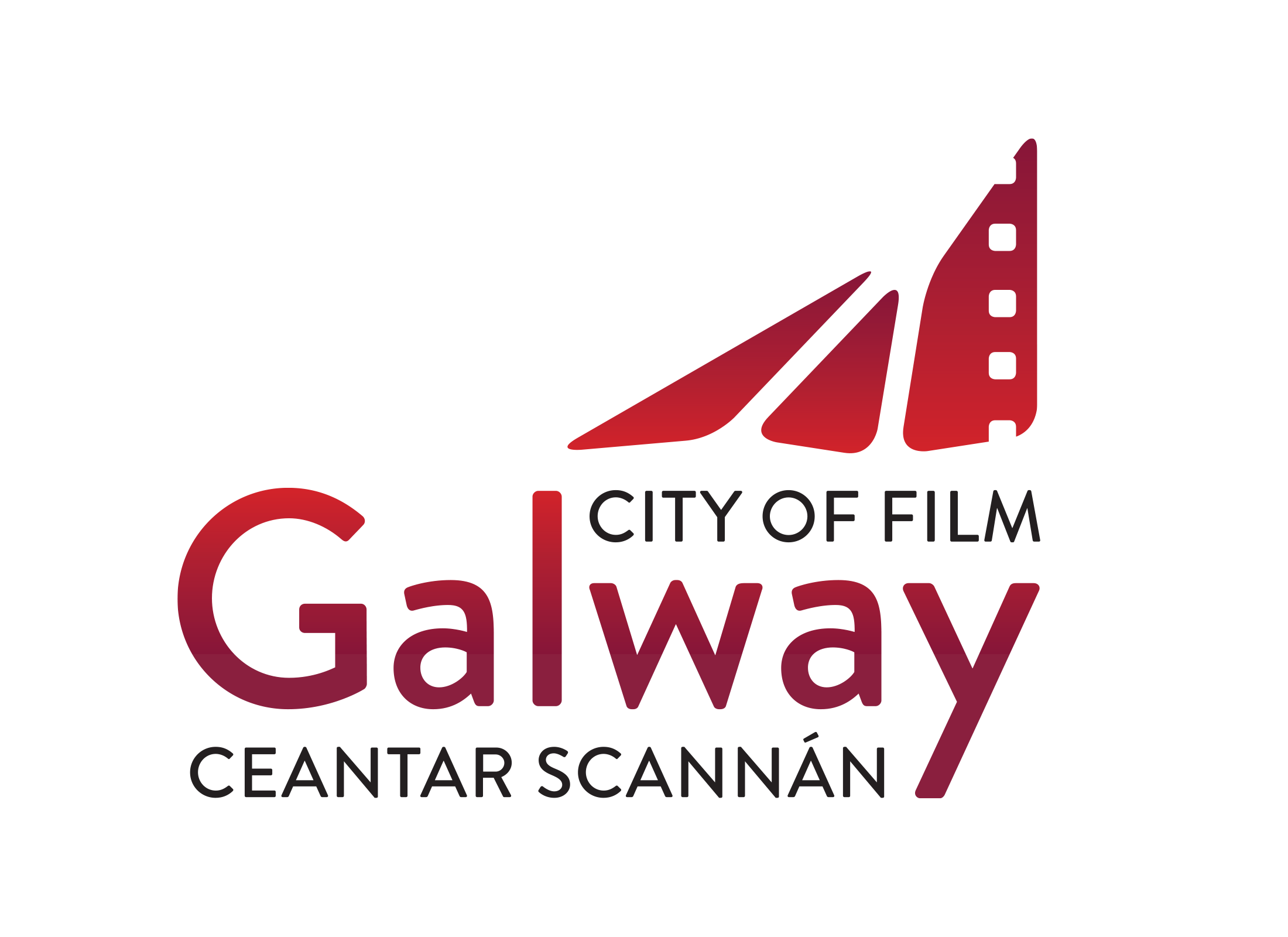Article 1 of 7 in a series of articles on the history of cinema in Galway by local historian and writer William Henry.
Photo: Eyre Square circa 1897 – c. National Library of Ireland on the Commons
Cinema history stretches back well over a hundred years with the earliest record so far
established for ‘moving’ or ‘living’ pictures shown in Galway dating from Monday 28
February 1898. The advertisement for the event ran as follows:
‘The Cinematograph – On Monday next, at 4.30 and 8pm there will be an exhibition of living
pictures by the most interesting invention, the Cinematograph. Also a limelight lecture on New
Zealand, by Mr. J. Curral, a gentleman who has travelled through the Colony, hence he should be
in a position to give a valuable and interesting address upon it. As Mr. Curral has a reputation of
having the best Cinematograph that visited the West, and has taken the most comfortable hall in
town, Mr. Mack’s Assembly Room, we hope to hear of him having a good attendance. There
will be entertainment in the afternoon, for which Mr. Curral only charges children 2d; – front
seats 3d; adults 6d at 4.30.’
By 1911, the Racquets Court Theatre had begun showing films regularly. This venue was
situated in Middle Street. Another early venue was the Galway Cinema Theatre, which
opened on Easter Monday 8 April 1912. It was situated down the narrow lane between the
present day Matt O’Flaherty Pharmacy and Lazlo’s Jewellery just off William Street in what
was later the GPO sorting office. Even at that stage the camera with its magical photographs
was still only in its infancy. The idea of ‘moving pictures’ was a totally new concept in
entertainment for the old City of the Tribes. How did this ‘miracle’ in ‘movies’ as they
became known evolve. Many experts believe that it first began in 1832 when Joseph Plateau
produced the Phenakistoscope. Images on a disc could be observed through slots in another
disc, which appeared to move when spun and viewed through a mirror. Other ‘illusion toys’
followed, but by the end of that decade it became possible to print photographic images on
glass slides. These could be projected using machines which were known as ‘magic lanterns’.
Another break-through came in 1878 when Leland Stanford, the former governor of
California wished to know if horse’s hooves all left the ground when they galloped? He
employed Eadweard Muybridge to investigate and this led to the development of a projector
called a Zoopraxinoscope. This was followed in 1882 by Etienne Marey’s study of birds in
flight and other rapid animal movements, which resulted in the production of a photographic
gun. Between 1882 and 1892 Emile Reynaud developed the Praxinoscope and held the first
public exhibitions of motion pictures. Inventor Thomas Edison and his assistant William
Dickson developed the Kinetograph camera and viewing box. They cut inch wide strips of
film and punched four holes in either side of each frame, which allowed the toothed gears to
pull the film through the camera. By January 1893 they had built a studio on the grounds of
Edison’s laboratories in New Jersey and it was there that he produced his film, The Black
Maria. Inspired by Edison’s work, the Lumière brothers, Louis and Auguste (France)
developed their own moving picture device, the Cinematograph. This new invention served
as both a recording and projecting device. By 1894, Lumière brothers were the biggest
manufacturer of photographic plates in Europe and were producing films which were cheaper
than those sold by Edison. The Cinematograph shot sixteen frames per second which became
the standard for almost twenty-five years. On 28 December 1895, one of the most famous
film screenings in history took place in the Grand Café in Paris where customers paid one
Franc to watch a twenty-five minute programme consisting of ten Lumière films. A year
later, they arrived in London and this signalled the start of a successful run of Cinematograph
films. It was only a matter of time before they reached Ireland and just two years later their
Cinematograph began entertaining people in Galway.
Today the motion picture industry is famed by the well-known Hollywood sign in hills
overlooking Los Angeles, California. During the 1870’s an agricultural community was
flourishing in the area. In 1886, Hobart Whitley and his young wife Gigi arrived there on
honeymoon. Whitley decided to stay and became a successful property developer. Another
man who also became involved in developing the area was Harvey Wilcox from Kansas. The
first official appearance of the name Hollywood was when Wilcox drew up a grid map for a
town, which he filed with the county recorder’s office on 1 February 1887. According to
local tradition the name Hollywood originated from the native ‘California Holly’ which
covers the hillsides with clusters of bright red berries each winter. By 1900, Hollywood had a
population of 500 people and four years later a tram-track was opened from Los Angeles to
the new town of ‘Hollywood Boulevard.’ During the early 1900s, motion film production
companies from New York and New Jersey began relocating to California attracted by the
reliable weather. While electric light existed at that time it was not sufficiently powerful to
expose film to its full potential. The best source of illumination for movie production was
natural sunlight, thus Hollywood was chosen. In 1909, the Selig Polyscope Company built
the first motion picture studio in the region. The first Hollywood studio was the Nestor
Studios founded in 1911 by Al Christie and David Horsley. By this time director D.W.
Griffith had arrived on the scene and filmed In Old California the first movie ever shot in
Hollywood. Other movie-makers including Cecil B. DeMille and Jesse Lasky began to
converge on Hollywood and by 1913 the movie industry was established there. In 1923, the
famous Hollywood sign was erected near the top of Mount Lee. This sign, ‘Hollywoodland’,
was to advertise a new housing development in the hills above the city. The sign deteriorated
over the years and in 1949, Hollywood Chamber of Commerce became involved and
removed the last four letters and carried out repairs on the remainder. It has since become the
symbol of the film industry and is a registered trademark of many items including cosmetics,
clothing and souvenirs.
Cinema history in Ireland began in April 1896 when the first public screening of a film took
place in Dan Lowery’s Star of Erin Theatre in Dublin. In February of the following year, the
first film regarding Irish subjects were shown by Professor Jolly in Dublin. These short films
included titles such as, People walking in Sackville Street; Traffic on Carlisle Bridge; and the
13th Hussars Marching through the City. The Volta opened in Dublin’s Mary Street in 1909;
this was the first dedicated cinema in Ireland. Writer James Joyce was among its first
managers, but this venture proved unsuccessful for him and he resigned after a short time. In
1910, the Kalem Film Company from the United States arrived in Ireland. This company
made several short Irish melodramas in County Kerry under the direction of Sidney Olcott.
Thus began a tradition of film-making in Ireland. The Film Company of Ireland was
established by James Mark Sullivan in 1916. They made a number of short films, which were
unfortunately destroyed during the 1916 Rising. Some of the early indigenous feature films
include Knocknagow (1917); Willy Reilly and his Colleen Bawn (1920); Irish Destiny (1926),
all were from the silent era. The first Irish sound film The Dawn (1936) was made by Tom
Cooper, an enterprising garage owner. As the industry developed, people flocked to see the
films and it didn’t really matter how good or bad they were in those early days. An array of
buildings was used to show films, including community halls and in remote areas even barns
were often converted into temporary cinemas. This was the same in areas around county
Galway and the idea of ‘moving pictures’ was welcomed by the people of the west.



